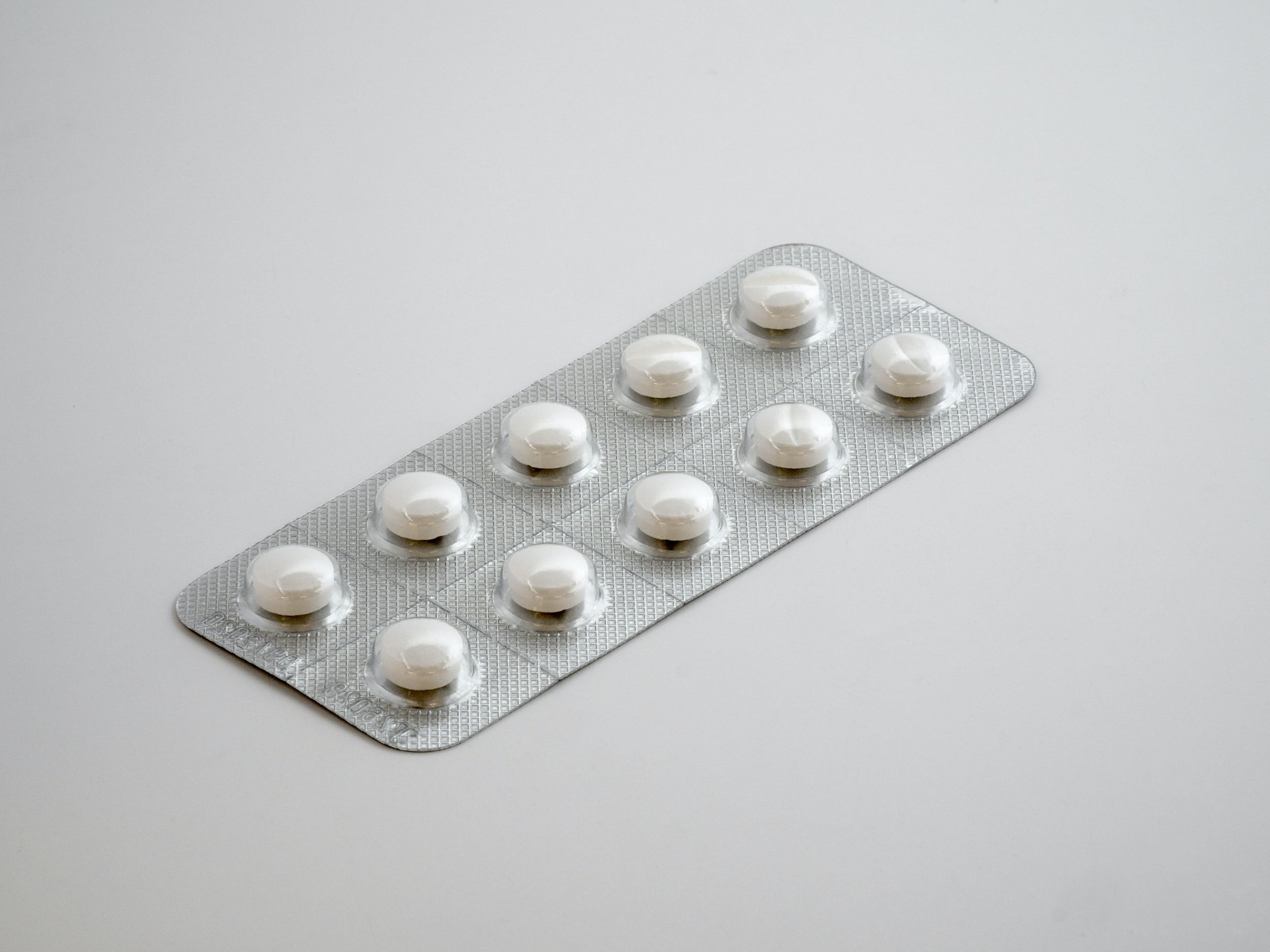Using blockchain to confront the counterfeit drug problem
Counterfeit drugs are a lesser known, but very real problem, and in fact, the World Health Organization (WHO) has estimated that 10% of global pharmaceutical commerce, or $21 billion worth, involves counterfeit drugs. It’s crazy to think that you could go to your trusted neighborhoods pharmacy, to obtain your usual prescription refill, and actually receive counterfeit drugs instead. Although rare, this can and does happen.
This is highly problematic, as “counterfeit medications include drugs that contain no active pharmaceutical ingredient (API), an incorrect amount of API, an inferior-quality API, a wrong API, contaminants, or repackaged expired products,” and “some counterfeit medications may even be incorrectly formulated and produced in substandard conditions”. The U.S. Pharmacist Journal shares a pretty terrifying scenario: “Imagine the scenario in which a patient takes a medication for a life-threatening illness, only to become aware later that the doses contained no APIs.” In fact, they estimate that this has happened to thousands of people worldwide and continues to happen.
Some efforts are being made to address counterfeit drugs, including technologies such as holograms and embedded codes, and blockchain technology could play an important role in helping create a highly auditable system for tracking prescription drugs.
Blockchain technology can be applied to the supply chains of prescription drugs to ensure the drugs being prescribed to patients are legitimate. A system of verification based on blockchain, that tracks prescription drugs along every step of the process in their production, transport, and distribution, could go a long way in eliminating the counterfeit prescription drug problem.
At the point of manufacturing, authorized producers could input data in to the blockchain including the date and time of production, quality control measures in place, specific codes associated with the drug, and final sign offs prior to shipping. Following this, shipping data could easily be inputted to ensure the chain of custody of the drug is fully traceable and auditable. Once it arrives at its destination, the amounts received would be inputted, as well as any data related to inspections of those receiving it all the way to the point of disbursement, when it is provided to the patient. When it is scanned, and provided to the patient, this would automatically be added to the blockchain.
This blockchain system would be immutable, meaning that data could not be changed after the fact without it being noticed, helping protect the chain from potential fraud. Data on the blockchain would be easily accessible for ongoing monitoring.
Of course this system would not be perfect, and it’s highly unlikely that fraud will ever be eliminated completely, but blockchain technology could provide a highly efficient and highly scalable solution for tracking the supply chain of drugs that could also be applied to almost any other supply chain. Whether it is food, chemical production, precious metals, or anything in between, this technology could help create more secure and trustworthy systems for supply chain management.
What other ways do you think blockchain technology could be used to improve supply chains? Tweet us at @Crypto_Altruism, we would love to hear from you.


